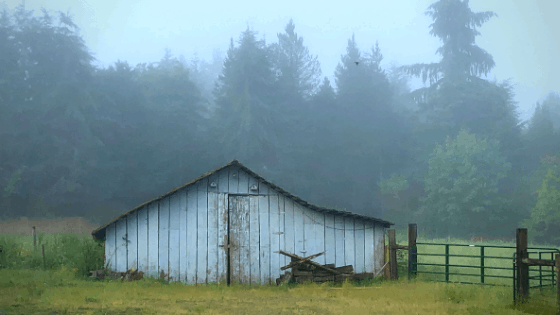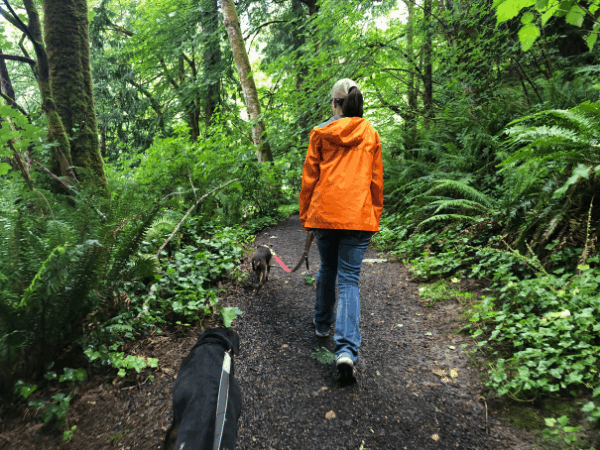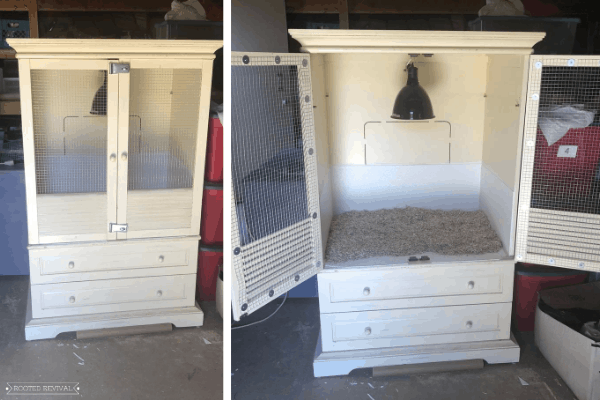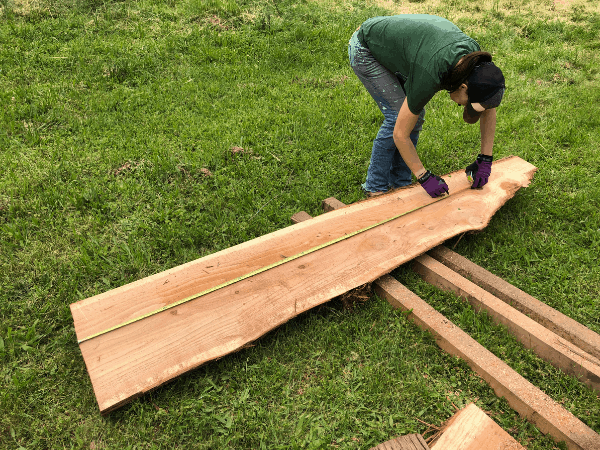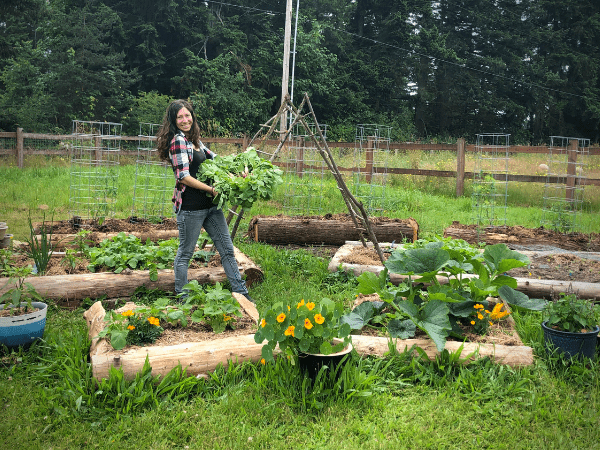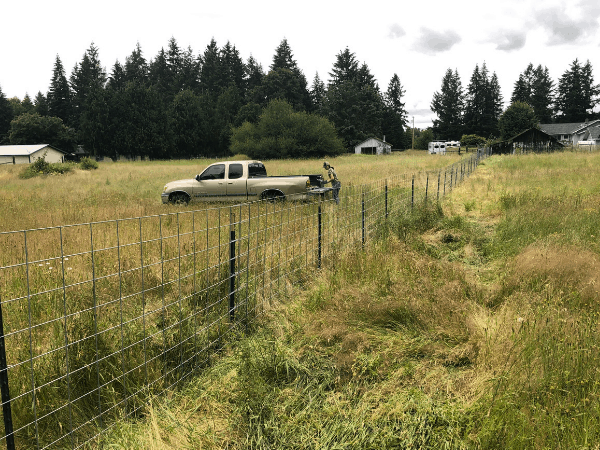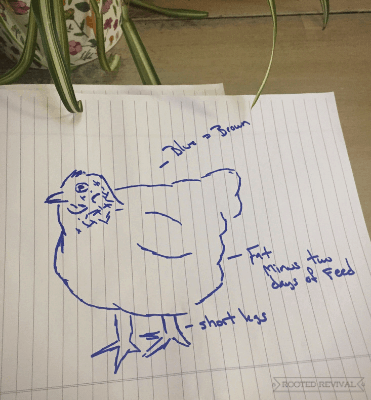June 2020 Behind the Scenes: A quick recap of some of the homestead happenings that occurred this month, including how we save money by using local resources for our new garden!
June marked 4 months since we moved from Southwest Idaho to Western Washington. And each day, I’ve found myself falling more and more in love with this new place! When we aren’t working on the homestead, we explore the forests and coastlines. I’m in awe of how beautiful this place is! And we definitely feel like we are building our “forever” home and homestead here!
June in the Pacific Northwest is amazing! It was chilly, overcast and rainy – perfect conditions for getting work done on the homestead, in my opinion anyway! We got a surprising amount of projects, both big and small, done in June.
Here’s a quick look at some of things we worked on in June!
June 2020 Homestead Happenings:
I got my Permaculture Design Certification!
I officially completed my Permaculture Design Certification (PDC) at the beginning of June! This has been one of my goals for the last 5+ years and I am so proud to officially have my certification! And the best part is that, in addition to all the new knowledge, I also have a very thorough permaculture design plan for our property now!
I did my certification course remotely through Oregon State’s online program. It’s a 10-week course that combines virtual lectures, book work and hands-on projects. During the 10 weeks, you develop a plan for your design site while working through the permaculture design method. It’s a fantastic way to learn the design principles while putting them into action.
If you have the desire and the dedication, I highly recommend the program. And, of course, if you have questions about the program, feel free to ask! I’d be happy to help in anyway I can!
Projects with Friends: Chick Brooder & New Garden Space
My best friend is currently homesteading alone while her husband is working overseas. So a few times a year, I go down to her homestead in California and we work on a few big projects together. Yup, that’s my weird version of a fun vacation! ?
The biggest (and funnest!) project that my friend and I completed was a new water-wise garden area! The goal was to create a drought-hardy garden space full of pollinator-friendly plants along with the fun “farmtiques” that her grandparents gave her. I am so charmed with the way it came together! Check out the full project and results here!
My friend and I also made a chick brooder similar to the farmhouse-style chick brooder that Lindy and I made years ago. It turned out so great! It’s super easy to up-cycle an old entertainment cabinet into a beautiful and functional chic brooder! If you want to make your own, be sure to check out my full instructions on how we created our chick brooder from an old entertainment cabinet.
Our new garden space: how we save money & keep it local!
Can I just take a moment to say that I am IN LOVE with our new garden space?! It’s almost a full 1/4 acre! The size of it actually intimidated me quite a bit at first! But, my PDC work really helped me focus and hammer out the details of the space.
We started the garden space development in May by fixing fencing, removing trees and building raised beds (read more about it in my May Behind the Scenes post). In June, we continued building our garden beds and got all of the rest of our veggie starts planted out.
One of my main goals for the space is to locally source as many resources as we can. And, similar to the garden area I created using only free materials at our Idaho home, I want to use repurposed material whenever possible. This not only helps us save money, but it also makes the entire process more efficient and earth-friendly. And you all know there’s nothing that I love more than saving money while saving the earth! ?
We are creating our raised veggie beds using cedar wood cast-offs from a local family who has a backyard lumber mill. Cedar is a local lumber resource in our region. The benefits of using a local wood is that it handles the damp conditions incredibly well and is also resistant to many of the pests in our region. And, by sourcing it from a local mill, we are able to load up our truck for $50 with amazing huge pieces of cedar cast-offs that they can’t mill. It’s saving us probably thousands of dollars in cedar and putting a waste product to a good use. Definitely a huge win-win-win for using local resources!
Let the pasture fencing begin!
With our property layout plan in place (thanks to my PDC course!), we are now able to start on a lot of projects. One of them is creating our rotational grazing system in the pastures. Rotational grazing has so many benefits and will allow us to better manage both our land and our livestock in a healthy way.
However, that also means that we need to install a lot of fencing! For most of the fences, we plan to use t-posts and ranch panels (some people call them cattle panels – basically like taller hog panels). They are movable, easy to install, durable, extremely sturdy and they even hold up to the escape goats!
In June, we fenced the West side of the pasture line (about 220 feet). We will continue fencing for the next several months (maybe even the next few years!) until we reach our ultimate goal for the rotational pens!
Happy ending: “Fatty” the chicken is reunited with her flock!
Remember that chicken of ours that we accidentally left in Idaho when we moved? Lindy drew that nice missing poster of her? ? Well, after we realized our blunder, our awesome neighbors searched for her and found her hiding on our old property. They’ve been taking care of her ever since!
But, our chicken “Fatty” has finally been reunited with her flock! Our wonderful neighbors came up to Washington to visit family and brought her all this way with them! That’s one pretty lucky chicken if you ask me! Proof that happy endings really happen – even in 2020!
We’d love to hear what you’ve been accomplishing on your homestead! Let us know in the comments!

